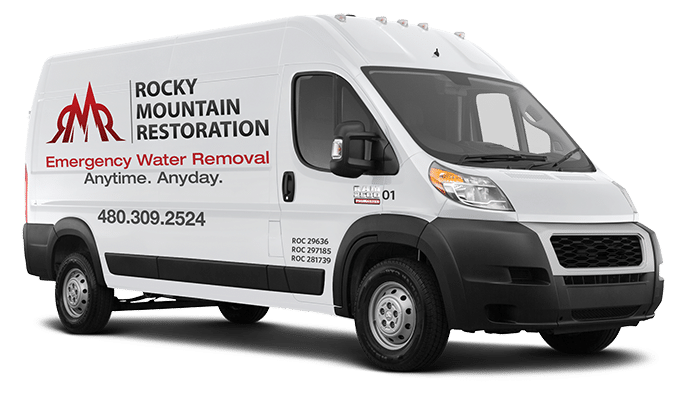Ever wondered why a small roof leak can cause big problems? Fixing roof water damage is key to avoiding costly repairs. If you see water stains, musty smells, or damaged shingles, act quickly.
First, catch dripping water with containers. Then, pierce bulging walls or ceilings to release water. But, don’t stop there. Your roof needs a pro’s touch for lasting fixes.
Don’t delay in getting help. Use a wet-dry vac and dehumidifier to dry out the area. Clean it well to stop mold and mildew. Take photos for insurance claims. Regular checks in fall and spring can catch issues early.
Knowing how to prevent and fix roof damage keeps your home safe. Roof leaks won’t fix themselves. So, act fast to protect your home.
Identifying Signs of Water Damage on Roof
Spotting water damage early can save a lot of money and hassle. Look out for musty smells, which might mean mold is growing. Also, watch for water stains on ceilings and bulging drywall.
Outside, damaged shingles are a big warning sign. They can let water in, causing more harm. Spots on walls near the roof and peeled flashing after storms also mean trouble.
Mold and mildew are not just bad for your roof; they can also hurt your health. Harsh weather can damage vent boots, leading to leaks. Missing shingles from strong winds or storms can cause serious water damage or rot.
Checking your roof regularly, especially in fall and spring, is key. Get professional roofers to check flashing, shingles, and vent boots. High moisture can rot wood and corrode metal, weakening your roof.
Act fast when you see signs of roof damage. Damaged shingles from wind or hail can get worse quickly. Tools like thermal cameras or drones can find leaks you can’t see.
Fixing internal leaks quickly stops rot, peeling paint, and mold. Moss or algae on your roof can cause problems too. So, taking care of your roof now keeps your home safe and sound.
- Musty odors indicative of mold
- Water stains on ceilings
- Bulging or bubbling drywall
- Damaged or warped shingles
- Spots on external walls near the roof
- Peeled flashing post-storm
- Presence of mold or mildew
- Damaged vent boots
- Missing shingles
By spotting these signs early and checking your roof often, you can fix problems before they get worse. This keeps your home safe and saves you money on repairs.
How to Fix Water Damage on Roof?
Fixing roof water damage quickly is key to preventing more problems. Many homeowners first spot a roof leak from inside, like water dripping from the ceiling. It’s important to act fast to avoid bigger issues.
Look for water stains on ceilings or walls to find the leak. These signs mean you need to check where the water is coming from. Storms like hurricanes often lead to roof leaks, making quick action necessary.
- Locate the leak: Finding and documenting the source of the roof leak promptly is essential for effective repair.
- Remove water: Using a wet dry vac and a dehumidifier can help eliminate water swiftly, preventing additional damage and mold growth.
- Fixing leaks: Depending on the severity, you may need to replace damaged shingles, reapply caulking, or fix/replace vent boots.
- Cleanup: A thorough cleanup, including disinfecting affected areas, helps prevent mold proliferation.
For minor repairs, you might be able to fix it yourself. But for serious damage, it’s best to call a professional. A quick fix by a contractor can save your roof and avoid expensive repairs later. Regular checks, especially after storms, help keep your roof in good shape.
The cost of fixing roof water damage depends on the job and where you live. Small fixes might cost $150, but big repairs can be thousands. Quick action can save you money and prevent more damage.
Conclusion
Dealing with water damage on your roof quickly and professionally is key. First, find the problem spots like roof valleys and vents. Make sure gutters and dormer windows are working right. Regular checks, especially yearly, help catch issues early.
Cleaning gutters at least twice a year stops water overflow and leaks. If you spot roof leaks, get a free check from a roofer. For asphalt shingles, small fixes or replacing rows can fix it. Metal roofs can be fixed by DIY experts with the right tools.
Flat roofs might need patch jobs or full replacements. To prevent leaks, keep your attic well-ventilated and apply a waterproof membrane. Trimming trees also helps. Quick fixes stop damage and mold, which can start fast. Seasonal pest control is crucial for a safe roof, especially in winter. Being proactive keeps your home safe all year.













